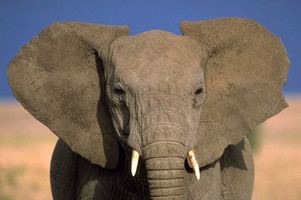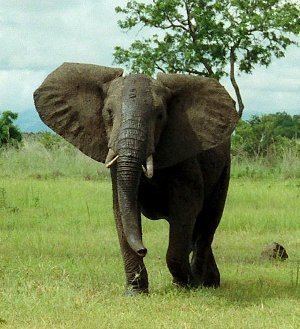Rank Order | Phylum Chordata Scientific name Proboscidea Higher classification Afrotheria | |
 | ||
Lifespan Asian elephant: 48 years, African bush elephant: 60 – 70 years, African forest elephant: 60 – 70 years Height Asian elephant: 2.7 m, African bush elephant: 3.3 m Mass Asian elephant: 5,400 kg, African bush elephant: 6,000 kg, African forest elephant: 2,700 kg Lower classifications Elephants, Mastodon, Gomphothere, Deinotherium, Stegodon | ||
Tribute to prehistoric proboscideans
The Proboscidea (from the Greek προβοσκίς and the Latin proboscis) are a taxonomic order of afrotherian mammals containing one living family, Elephantidae, and several extinct families. This order, first described by J. Illiger in 1811, encompasses the trunked mammals. Later proboscideans are distinguished by tusks and long, muscular trunks; these features are less developed or absent in early proboscideans. Proboscidea may have produced the largest land mammal of all time in the form of Palaeoloxodon namadicus, which may have weighed up to 22 t (24.3 short tons), with a shoulder height of up to 5.2 metres (17.1 ft), surpassing several sauropod dinosaurs.
Contents
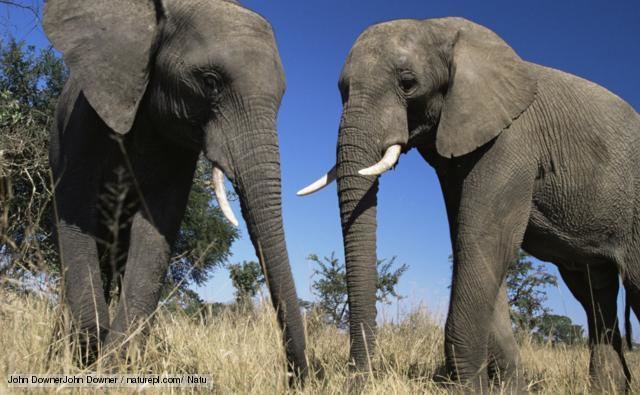
The earliest known proboscidean is Eritherium, followed by Phosphatherium, a small animal about the size of a fox. These both date from late Paleocene deposits of Morocco.
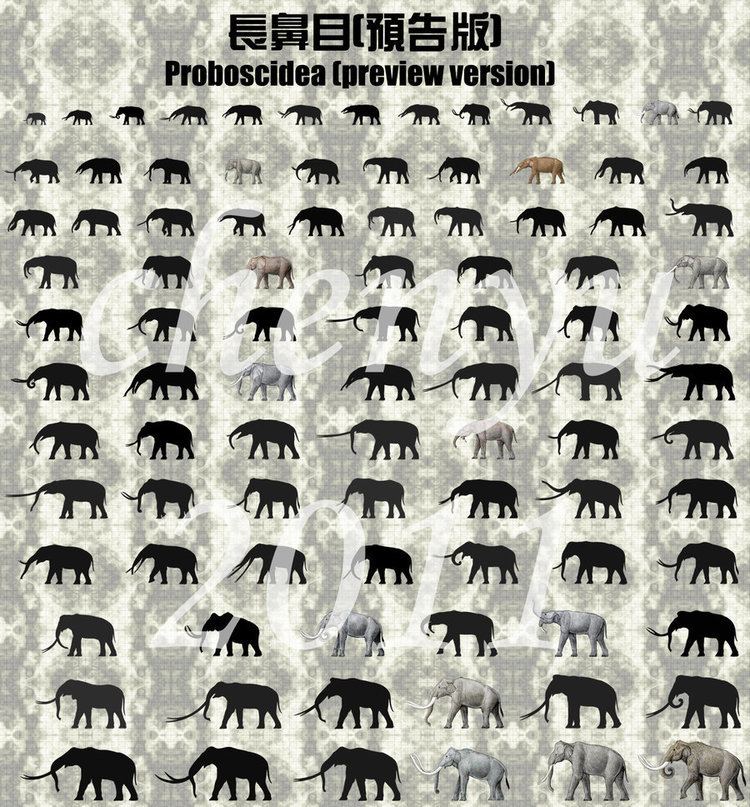
Proboscideans diversified during the Eocene and early Oligocene. Several primitive families from these epochs have been described, including Numidotheriidae, Moeritheriidae, and Barytheriidae in Africa. (Anthracobunidae from the Indian subcontinent has also been included, but was excluded from Proboscidea by Shoshani & Tassy (2005) and has more recently been assigned to Perissodactyla.) These were followed by the earliest Deinotheriidae, or "hoe tuskers", which thrived during the Miocene and into the early Quaternary. Proboscideans from the Miocene also included Stegolophodon, an early genus of the disputed family Stegodontidae; the diverse family of Gomphotheriidae, or "shovel tuskers", such as Platybelodon and Amebelodon; and the Mammutidae, or mastodons.
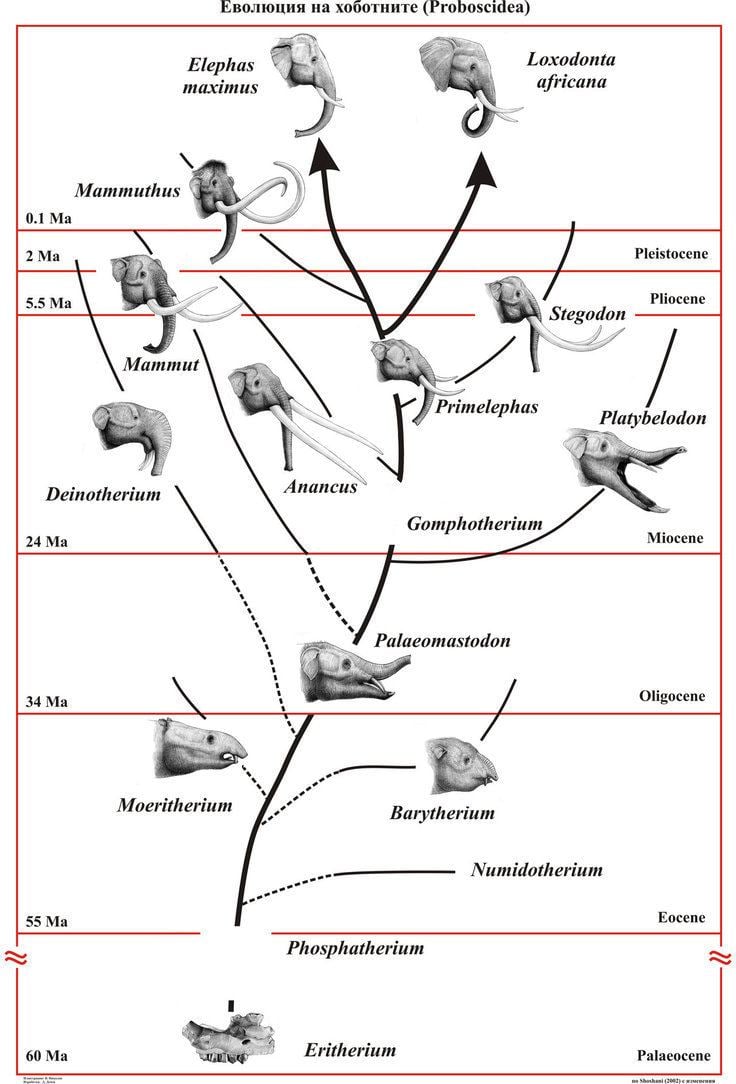
Most families of Proboscidea are now extinct, many since the end of the last glacial period. Recently extinct species include the last examples of gomphotheres in Central and South America, the American mastodon of family Mammutidae in North America, numerous stegodonts once found in Asia, the last of the mammoths, and several island species of dwarf elephants.
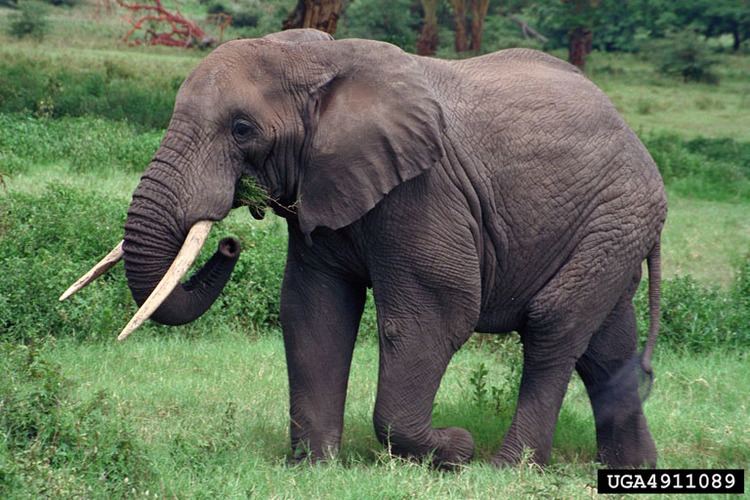
Classification
Proboscideaincertae sedis †Moeritheriidae†Moeritherium†PlesielephantiformesElephantiformes
